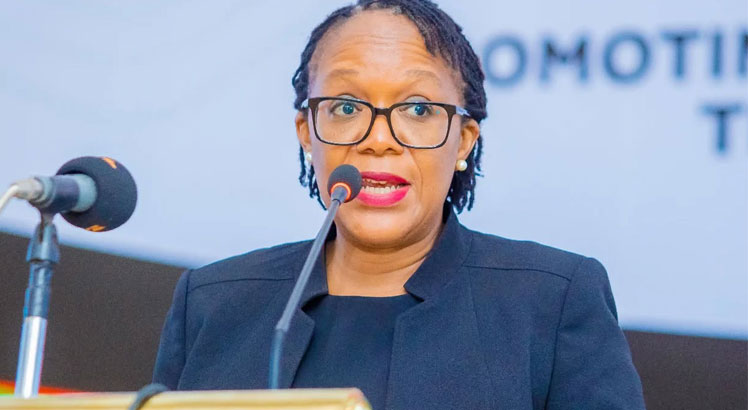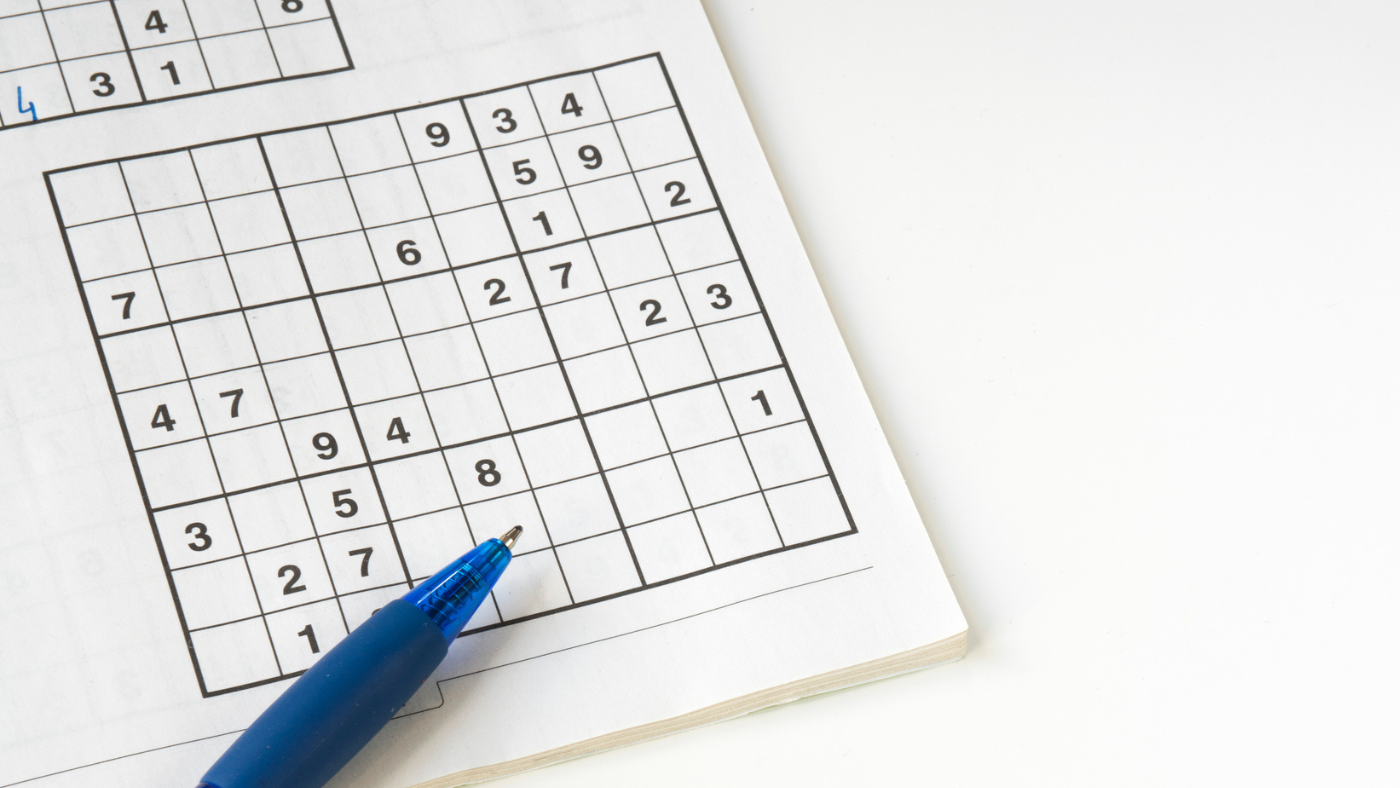By Joseph Mwale
Copyright mwnation

By midnight, Malawi Electoral Commission (MEC) data showed that at least 60.81 percent or 4 380 484 out of the 7 203 390 registered voters had peacefully voted in yesterday’s General Election.
However, MEC chairperson Annabel Mtalimanja cautioned last evening that the number of voters who turned out to vote was likely to change because some people were not immediately captured into the system. Besides, she said some machines were yet to shut down.
Giving an update at the National Tally Centre at Bingu International Convention Centre in Lilongwe last night, Mtalimanja, a judge of the High Court of Malawi, said the figure only relates to those identified using devices.
She said: “The figures that you are seeing are not final because in other areas some voters were not able to be identified using the devices and were only identified using the physical voters’ register.
“For that reason, the figures that you see may not be an indication of the final figures.”
According to the MEC dashboard on display at the national tally centre, 60.81 percent or 4.38 million people were captured electronically through use of national identity (ID) card and fingerprint.
Data shows that during the first post-independence multiparty general election in 1994 there was an 80 percent voter turnout, which swelled to 93 percent in 1999 only to shrink to 59 percent in 2004.
The voter turnout improved to 78.2 percent in 2009, but slowed down to 70.7 percent in the 2014 Tripartite Elections and jumped to 77.4 percent in 2019 before plunging to 64.8 percent in the court-sanctioned 2020 Fresh Presidential Election.
In an interview last evening, Civil Society Elections Integrity Forum chairperson Benedicto Kondowe said people are frustrated with the system where politicians make so many promises, but fail to fulfil the promises and feel ‘no need to vote.’
He said: “If you look at the Northern Region, the difference is not much because we are already at around 500 000 against around 800 000 registered voters, and one would get the impression that by the time we get to the conclusion we could have more voters.
“The Central Region is where there is a concern based on the statistics that we have. The South is not much better, they are slightly at around 1.7 million voters, but not as one would have wanted. So, the pattern is really shaky.”
University of Malawi associate professor of political science Boniface Dulani said while it was too early to conclude that the numbers will not grow as expected, the apathy was somewhat expected.
He said: “I have been to some places in Machinga and you would see many people queuing to vote. So, it may be too early to conclude that the number may not swell.
“But again, people were faced with a government that promised so much in 2020, but has not delivered to their expectations. Then you have someone whom people didn’t want in 2020 coming again.”
Concurring with Dulani, an expert in identity and electoral politics Ernest Thindwa said the voter turnout level may improve when manually captured data is aggregated, although a downward trend in voter turnout is prevalent.
“Surveys have consistently shown that most citizens have not seen the value of democracy let alone voting essentially because voting has not translated into favourable conditions of living. If anything many remain and some are getting into the poverty bracket,” he said.
Thindwa also said misinformation by political parties and other interest groups surrounding use of election management devices was another key factor that led to low registration numbers.
Malawians went to the polls to vote in presidential, parliamentary, and local government elections.



